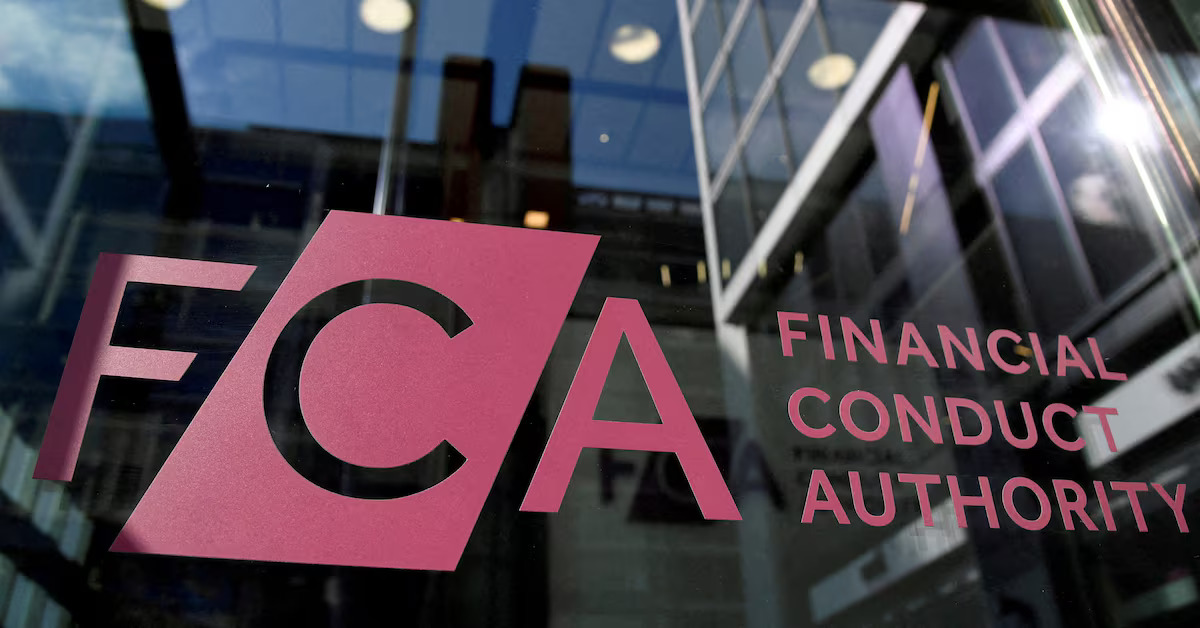Great Britain’s Financial Conduct Authority (FCA) has recently introduced new regulations to make it more difficult for banks to close their branches. The FCA’s “access to cash” rules, effective from July 24, mandate that banks must ensure communities have adequate access to alternative cash sources before shutting down any branch.
This move aims to address the needs of the approximately three million people in the U.K. who still depend on cash, as well as small businesses that require safe places to deposit their daily earnings.
The FCA’s directive comes in response to the significant number of branch closures reported in recent years. Between 2021 and June 2023, 1,358 bank and building society branches were shut down in the U.K.
The new rules require banks and building societies to evaluate the availability of cash access and determine if additional services are needed when they plan to make changes. This is intended to ensure that communities are not left without sufficient cash withdrawal and deposit options.

FCA Introduces New Rules to Prevent Bank Branch Closures and Ensure Access to Cash
Additionally, the FCA’s regulations will allow residents and community groups to request assessments of local cash access and push for the provision of additional cash services if significant gaps are identified.
Banks are also required to keep existing facilities, including branches and ATMs, operational until alternative local cash services are established. This aims to minimize disruptions and ensure continued access to cash for those who need it.
This regulatory move by the FCA comes at a time when some major banks are expanding their physical presence. Banks like JPMorgan Chase and Bank of America have announced plans to open thousands of new branches this year. This expansion contrasts with the broader trend of digital banking, where electronic and mobile platforms are becoming increasingly prevalent, as reported by PYMNTS.
According to PYMNTS Intelligence’s latest report, a significant portion of consumers now conduct their banking online or via mobile devices. Approximately 42% of consumers use online banking, and 46.8% use mobile banking.
The report highlights that banks are focusing on enhancing their technological capabilities to integrate instant payments, digital account openings, and other innovations to better serve their customers in the digital age.











































